Pawel Piwosz
Plan CI/CD on the Enterprise level!
#1about 4 minutes
Moving beyond tools to architect CI/CD processes
Traditional CI/CD planning is often limited to tools and environments, but a broader, organizational perspective is required for enterprise success.
#2about 5 minutes
How organizational structure shapes your system design
Conway's Law demonstrates that a system's architecture will mirror the organization's communication structure, making team topologies a critical starting point.
#3about 2 minutes
Planning your environment strategy and access control
A comprehensive environment strategy must consider not just names but also structure, ownership, and access levels, which directly impacts tooling requirements.
#4about 3 minutes
Selecting a branching strategy that fits your architecture
The choice between strategies like trunk-based development or GitFlow depends on the application architecture, repository design, and access management policies.
#5about 4 minutes
Differentiating continuous delivery and continuous deployment
Continuous delivery involves a manual approval step before production, whereas continuous deployment is fully automated, requiring different quality gates and deployment strategies.
#6about 2 minutes
Defining a robust artifact management strategy
Artifact management involves decisions on storage, naming conventions, and retention policies, which can be dictated by industry compliance requirements.
#7about 2 minutes
Defining quality gates and team responsibilities
The CI/CD process must define quality gates, whether manual or automated, and establish clear responsibilities and escalation paths for failures.
#8about 3 minutes
Evaluating team capabilities and system constraints
Designing a CI/CD process requires assessing team maturity and knowledge alongside business, technical, and security constraints that shape what is possible.
#9about 4 minutes
Designing release strategies and rollback procedures
Release strategies must account for business constraints like approval windows, and a clear plan for rollbacks and roll-forwards is essential for system stability.
#10about 4 minutes
Measuring CI/CD performance with DORA metrics
Key performance indicators like SLAs and SLOs, particularly the four DORA metrics, provide objective measurements of CI/CD process throughput and stability.
#11about 3 minutes
Mapping value streams to identify process bottlenecks
Viewing the CI/CD pipeline as the core of a value stream allows teams to map the entire process and identify waste and bottlenecks for improvement.
#12about 5 minutes
Integrating security throughout the CI/CD process
Security must be a core part of the CI/CD architecture, covering secrets management, dependency scanning, SBOM generation, and secure tool integrations.
#13about 3 minutes
A framework for aligning stakeholders on CI/CD
The mind map of CI/CD components serves as a shared language or "Rosetta Stone" to facilitate discussion and alignment between all stakeholders.
#14about 13 minutes
Q&A on the future of CI/CD and tooling
The speaker answers audience questions on topics including the future role of AI, preferred monitoring stacks, popular scripting languages, and multi-cloud strategies.
Related jobs
Jobs that call for the skills explored in this talk.
Team Lead DevOps (m/w/d)
Rhein-Main-Verkehrsverbund Servicegesellschaft mbH
Frankfurt am Main, Germany
Senior
Matching moments
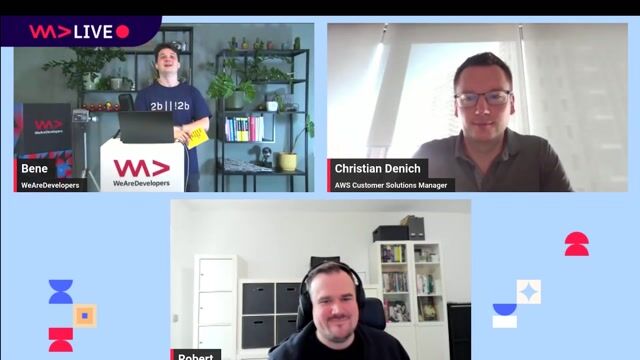
51:53 MIN
Q&A on shared systems and scaling productivity
Forget Developer Platforms, Think Developer Productivity!
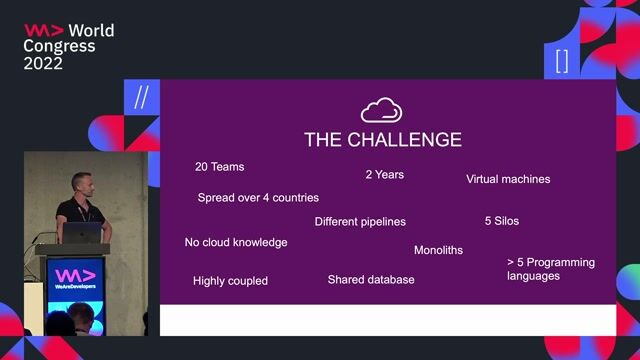
07:33 MIN
Building a strategy to accelerate enterprise development
Let developers develop again
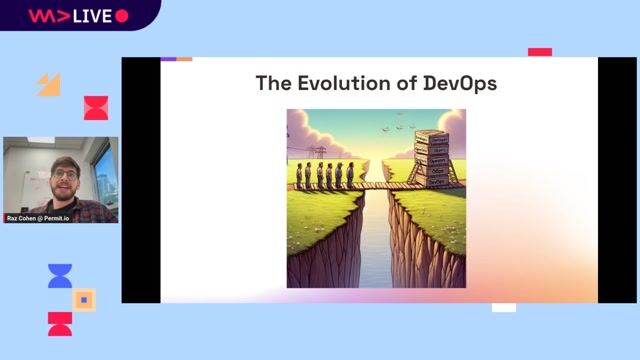
01:16 MIN
Tracing the evolution of DevOps from silos to superhighways
Navigating the AI Wave in DevOps
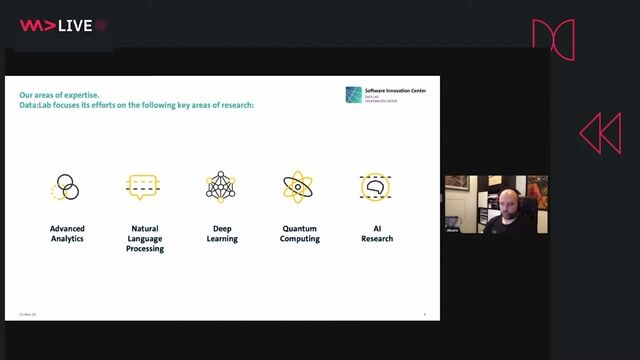
04:43 MIN
Core concepts of continuous delivery for data
Implementing continuous delivery in a data processing pipeline
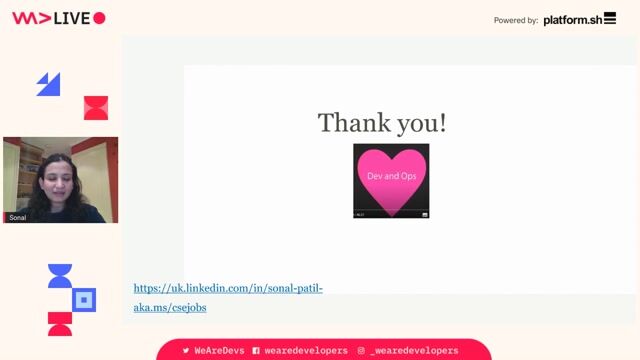
17:34 MIN
Q&A: Implementing DevOps and advocating for change
Shifting Stress to Progress— Understanding DevOps to do DevOps Better
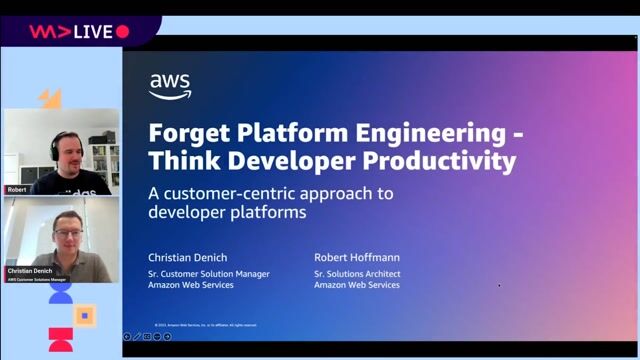
00:03 MIN
Shifting focus from platforms to developer productivity
Forget Developer Platforms, Think Developer Productivity!
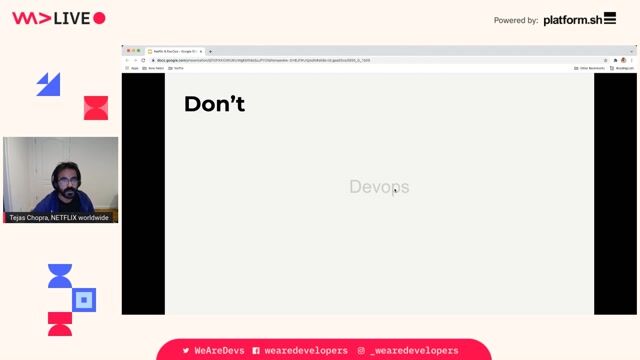
15:09 MIN
DevOps as an outcome of a healthy engineering culture
DevOps at Netflix
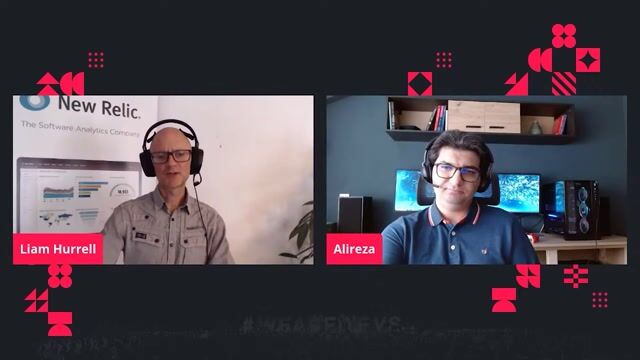
32:01 MIN
Key focus areas for improving your DevOps practices
The journey from developer to devops - what i've learnt along the way
Featured Partners
Related Videos
 58:40
58:40Platform Engineering vs. DevOps Why not both?
Christian Strack
 44:40
44:40Enabling automated 1-click customer deployments with built-in quality and security
Christoph Ruggenthaler
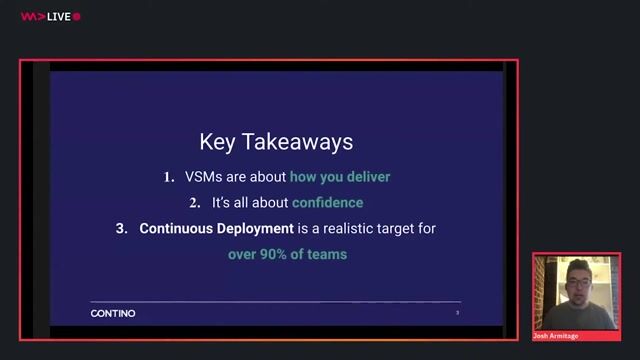 30:46
30:46Charting the Journey to Continuous Deployment with a Value Stream Map
Josh Armitage
 50:28
50:28Practical tips and tricks for CI/CD success
Zan Markan
 32:29
32:29GitLab CI pipelines for a whole company
Martin Beránek
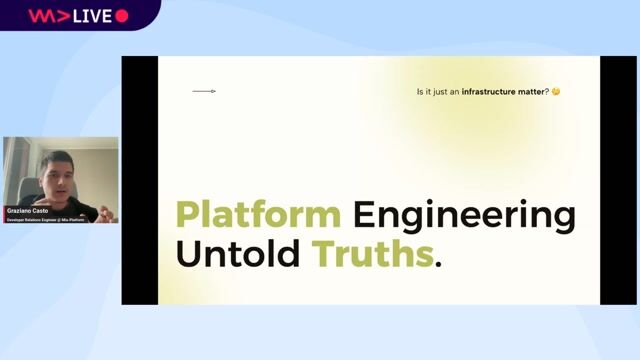 26:16
26:16Platform Engineering untold truths: is just an infrastructure matter?
Graziano Casto
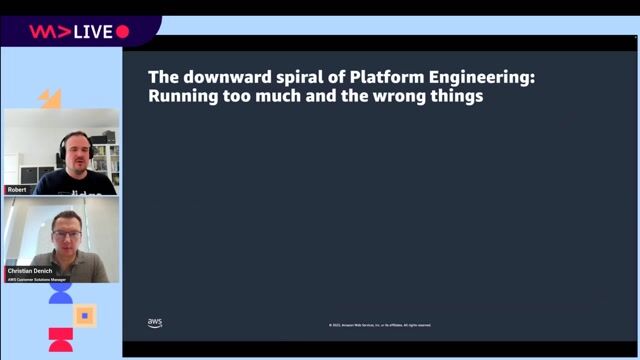 57:45
57:45Forget Developer Platforms, Think Developer Productivity!
Robert Hoffmann & Christian Denich
 46:06
46:06CD2CF - Continuous Deployment to Cloud Foundry
Dominik Kress
From learning to earning
Jobs that call for the skills explored in this talk.

DevOps Engineer – Kubernetes & Cloud (m/w/d)
epostbox epb GmbH
Berlin, Germany
Intermediate
Senior
DevOps
Kubernetes
Cloud (AWS/Google/Azure)

DevOps-Engineer für soziale Innovation (m/w/d)
VRG GmbH
Berlin, Germany
Intermediate
Senior
DevOps
Cloud (AWS/Google/Azure)






DevOps Engineer Fokus CI/CD-Plattform
Stadt Wien - Wiener Wohnen Kundenservice GmbH
Remote
€55K
Java
JIRA
Linux
+13
